Two Teachers’ Immersion Journey
Travel: The best way to build cultural appreciation, connect with people from far away and dive into a foreign language. And for language immersion teachers, traveling is essentially as much of a basic need as breathing is.
I haven’t met a single bilingual teacher who doesn’t love to travel! For us, traveling is win-win because aside from nurturing our soul, it allows us to walk in our students’ shoes, apply survival skills (just like they do in our classrooms!) and empathize with what it feels like to have limited or no understanding of your surroundings.
During our Spring Break, Laura and I had the opportunity to travel to Turkey – a land filled with vibrant colors, ancient history, natural beauty and a fascinating language. It was the ultimate language immersion experience and we planned to learn from it! Reflecting on our practice, we decided to keep the following questions in mind throughout our journey:
What is helping us navigate our surroundings AND what lessons can we transfer from our experience into our immersion classrooms?
We decided to jot everything down and here are the lessons we learned!:
Lesson #1: The First Language Anchors the Second Turkish, of altaic origin, is a highly phonetic and predictable language, just like Spanish. Thus, after the fabulous Ilker from Selçuk (our tour guide) gave us a short linguistics lesson, with key explanations on vowels pronunciation and other tricky letters, Laura and I were well on our way to read any sign with accuracy and precision. Even though we didn’t understand a word of what we read, it was still a win! We felt so accomplished reading random signs to each other while getting Ilker’s two thumbs up!
In our classrooms, when we receive new students into our immersion programs who are literate in just one of the languages, we wonder how to proceed with the second one. In cases where Spanish is the language to be learned, it’s incredibly helpful to begin by explaining the parallels and differences between the two alphabets and providing them with pronunciation tricks to easily decode any text in Spanish. With this knowledge, coaching them through vocabulary, fluency and comprehension becomes significantly easier. However, it’s always best to have this “alphabet bridge” lesson taught by the English component teacher, to keep Spanish language fidelity intact. This metalinguistic experience will become their first tangible connection between the two languages and will feel to our new students as a small (but very important) victory in a sea of language adversity.
Lesson #2: Cognate + Visual = Total Recall We know that cognates are powerful vocabulary tools in our classrooms. However, it is super important that cognates always go hand in hand with visuals to best aid memory. Images are not only needed for pre-literate children, but also fundamental for anyone acquiring new vocabulary, especially in a second language.
On our way to our hotel in Istanbul, this formula (present in a billboard ad) supported us in the learning of our first Turkish word: ceket! We immediately made morphologic connections with “jacket” and “chaqueta” and commented on the power of cognates in our classrooms. Laura and I are convinced that this metalinguistic moment, along with the attractive ad (because yes, the jacket was indeed gorgeous!), assisted us in remembering the word and meaning of “ceket” to this date.
Lesson #3: Let’s Try It Again! 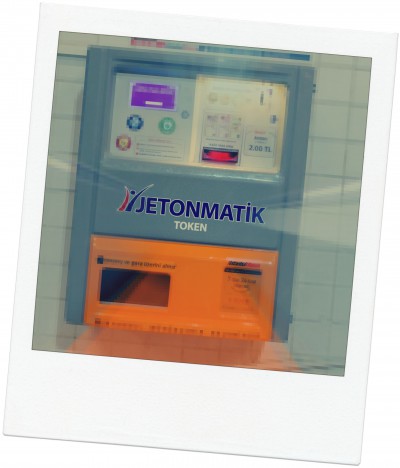 After walking all over town, we decided to use the metro and it was quite surprising to realize that the ticket machine instructions were only available in Turkish! We had to try out the transaction several times (crossing our fingers on every try) before we finally got the machine to spit out a ticket. Truly one of our trip’s most exciting moments!
After walking all over town, we decided to use the metro and it was quite surprising to realize that the ticket machine instructions were only available in Turkish! We had to try out the transaction several times (crossing our fingers on every try) before we finally got the machine to spit out a ticket. Truly one of our trip’s most exciting moments!
In retrospect, we noticed that in our classrooms it is important to present students with potential success and failure experiences. Structures in series where our students can try out a task, a greeting, a oral participation, etc. in the form of a game are key. For example, board games, group dynamics and repeated turn and talk structures are excellent vehicles to create these spaces where children achieve important gains after multiple tries.
Lesson #4: The Power of Drama Exhausted after days packed with Istanbul fun, every night at our hotel we would turn on the TV to get another dose of Turkish culture immersion. And what did we tune in to? The soap operas of course! Or, as it goes in Turkish, televizyon dizileri. As is expected when it comes to soap operas, the over-the-top acting was incredibly helpful in us understanding the plot! Every expression of shock, jealousy, rage and mischievousness was a confirmation of the language content we were missing. Every night we went to bed pretty certain that we had understood every twist and turn of Aramizda Kalsin.
It is super important that with our students we act or have them act every time we can. An in-Spanish teacher is a actor on stage, all day long.
Lesson #5: Grapple Together There’s something fascinating about trying to problem solve together with a friend – it is drastically different from having our friend problem solve for us! In our classrooms, we tend to pair up advanced Spanish students with students who are new to the program in an attempt to support them. This creates a dynamic of dependency, where the student learning Spanish is getting all the answers without grappling for them; often feeling incapable and disempowered.
During our trip, Laura and I experienced the excitement of grappling together to understand the Turkish language. It was fun to problem solve together and connect the dots with the little bit of language we understood. To this day, we feel incredibly proud to have gotten as far as Selçuk without a guide, to have bartered hard and won in the markets, and, of course, to have gotten metro tickets all on our own! Thinking about our students, we are convinced that strategic pairings of students who are both in the early stages of second language acquisition can be, under the right circumstances, an ideal recipe for adventure and grappling. Consider this pairing when the time is right.
To travel is a learning experience. Now that the summer break is upon us, if you happen to travel and find yourself immersed in a foreign language, think about what lessons you can bring back to share or replicate with your students. The word immersion means “a state of being immersed, being deeply engaged or involved.” Thus, in our classrooms, we are indeed trying to create a foreign language world-within-a-world for our students. In our immersion programs, let’s try to recreate the fun, grit and excitement that we experience when traveling. It will be an awesome adventure!
Con cariño,

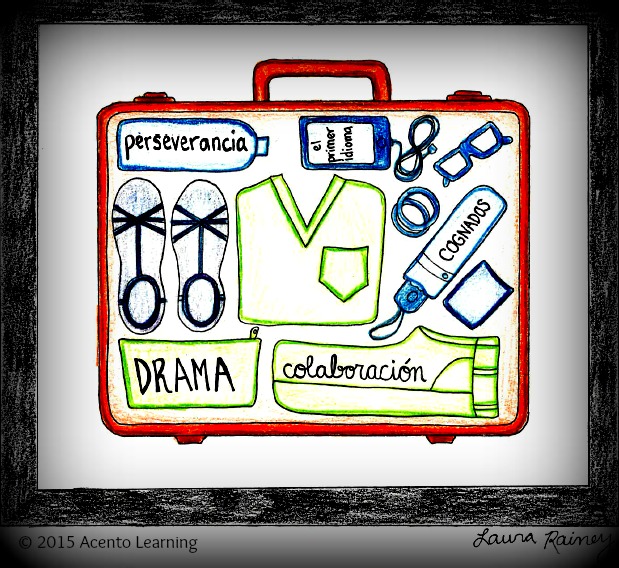
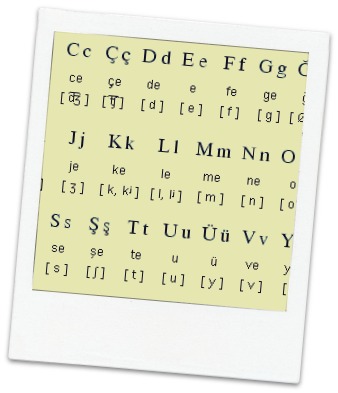

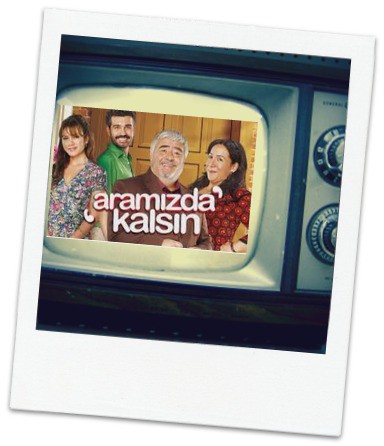
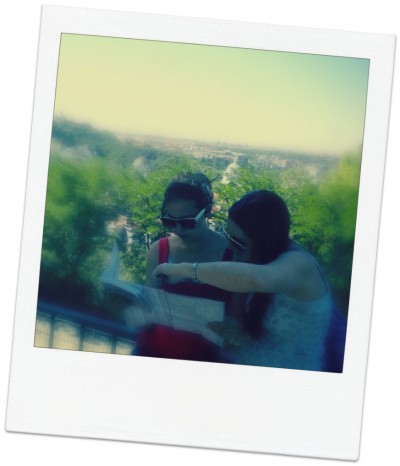


Leave a Reply
Want to join the discussion?Feel free to contribute!